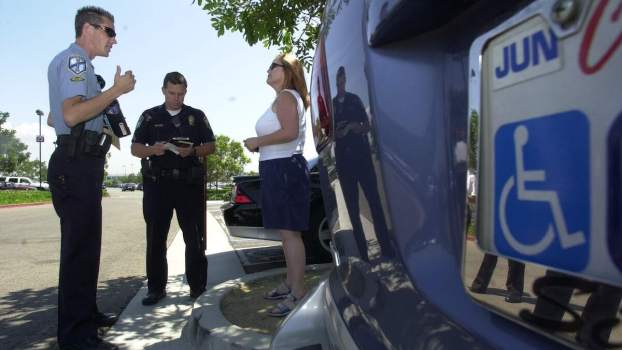
Can You Drive With Only 1 Arm?
Driving is a complex task that requires coordination and attention. Car safety laws govern what is acceptable for a driver when behind the wheel, both in terms of their actions and physical and mental condition. One common question that arises is whether it’s legal to drive with only one arm, whether due to a temporary impairment like a broken arm or a permanent disability like amputation. So, is it legal to drive with one arm?
Challenges of driving with 1 arm
Driving with only one arm poses several challenges. The most obvious difficulty lies in controlling the steering wheel. A driver typically uses both hands to grip and turn the wheel, providing stability and control. When one arm is unavailable, this task becomes more challenging and can lead to decreased precision in steering.
Additionally, driving with one arm can be distracting. The driver may need to focus more on using their available appendage, diverting attention away from the road and increasing the risk of accidents. Furthermore, the strain on the one arm in use can lead to increased fatigue during long journeys.
Operating other essential functions of the vehicle, such as shifting gears or using turn signals, can also be problematic with only one arm. Manual transmission vehicles require frequent gear changes, which can be difficult without the use of both arms. Using turn signals may also become less efficient, depending on which hand is injured or unavailable.
Is it legal to drive with 1 arm?
In most jurisdictions, driving with only one arm is generally legal, provided you can demonstrate the ability to control the vehicle safely. The key factor is whether your impairment affects your ability to operate the car safely. If you can prove that you can drive safely with one arm, you are typically allowed to do so.
However, it’s important to remember that laws can vary from place to place, so it’s advisable to consult your local regulations to ensure compliance. Some regions may have specific requirements or assessments for drivers with physical impairments.
Handicapped parking permits for those with 1 arm
Handicapped parking permits are typically issued to individuals with disabilities that significantly impair their mobility. Temporary disabilities, such as a broken arm or one in a sling, may qualify for a temporary handicapped parking permit. Tom Fowler Law states, “Anyone is allowed to drive their car even with one arm in a sling.” However, if one arm is perfectly healthy, it is unlikely that you will be granted a permanent permit.
The issuance of handicapped parking permits is usually determined by the extent of your disability and its impact on your ability to walk or move around. According to The Zebra, “Generally, the criteria is a person’s ability to walk a distance of 100-200 yards without having to stop and rest.” If your one-arm impairment does not affect your mobility, you may not qualify for a handicapped parking permit.
Modifications and features for easier 1-armed driving
If you find yourself in a situation where you need to drive with only one arm, some modifications and features can make the task more manageable. These include:
Power Steering: Vehicles equipped with power steering require less effort to turn the steering wheel, reducing the strain on the one arm in use.
Automatic Transmission: Choosing a vehicle with an automatic transmission eliminates the need for frequent gear changes, simplifying the driving process.
Voice Controls: Some modern vehicles offer voice-activated controls for functions like adjusting the radio, making calls, or setting the navigation system. This can reduce the need to use your hands for these tasks.
Avoiding Long Drives and Bad Weather: Whenever possible, avoid long periods of driving, as fatigue can set in more quickly when relying on one arm. Similarly, driving in adverse weather conditions can be more challenging, so avoiding such situations is best.
While driving with only one arm presents its share of challenges, it is generally legal as long as you can demonstrate safe control of the vehicle. Always prioritize safety and compliance with local laws when driving with a limb impairment.





